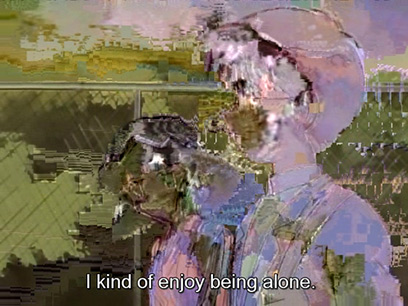I understand by ‘God’ the perfect being, where a being is perfect just in case it has all perfections essentially and lacks all imperfections essentially. […]
Given that there are good reasons for thinking that the premises of the Compossibility Argument (CA) are true, it seems to me we have a good reason to think that God’s existence is possible. Of course, this does not, by itself, allow us to conclude to the much more important thesis that God exists, and so the atheist can consistently admit God’s possibility and maintain her atheism.
{ C’Zar Bernstein/Academia | Continue reading }
The omnipotence paradox states that: If a being can perform any action, then it should be able to create a task which this being is unable to perform; hence, this being cannot perform all actions. Yet, on the other hand, if this being cannot create a task that it is unable to perform, then there exists something it cannot do.
One version of the omnipotence paradox is the so-called paradox of the stone: “Could an omnipotent being create a stone so heavy that even he could not lift it?” If he could lift the rock, then it seems that the being would not have been omnipotent to begin with in that he would have been incapable of creating a heavy enough stone; if he could not lift the stone, then it seems that the being either would never have been omnipotent to begin with or would have ceased to be omnipotent upon his creation of the stone.
The argument is medieval, dating at least to the 12th century, addressed by Averroës (1126–1198) and later by Thomas Aquinas. Pseudo-Dionysius the Areopagite (before 532) has a predecessor version of the paradox, asking whether it is possible for God to “deny himself”.
[…]
A common response from Christian philosophers, such as Norman Geisler or Richard Swinburne is that the paradox assumes a wrong definition of omnipotence. Omnipotence, they say, does not mean that God can do anything at all but, rather, that he can do anything that’s possible according to his nature.
{ Wikipedia | Continue reading }






















